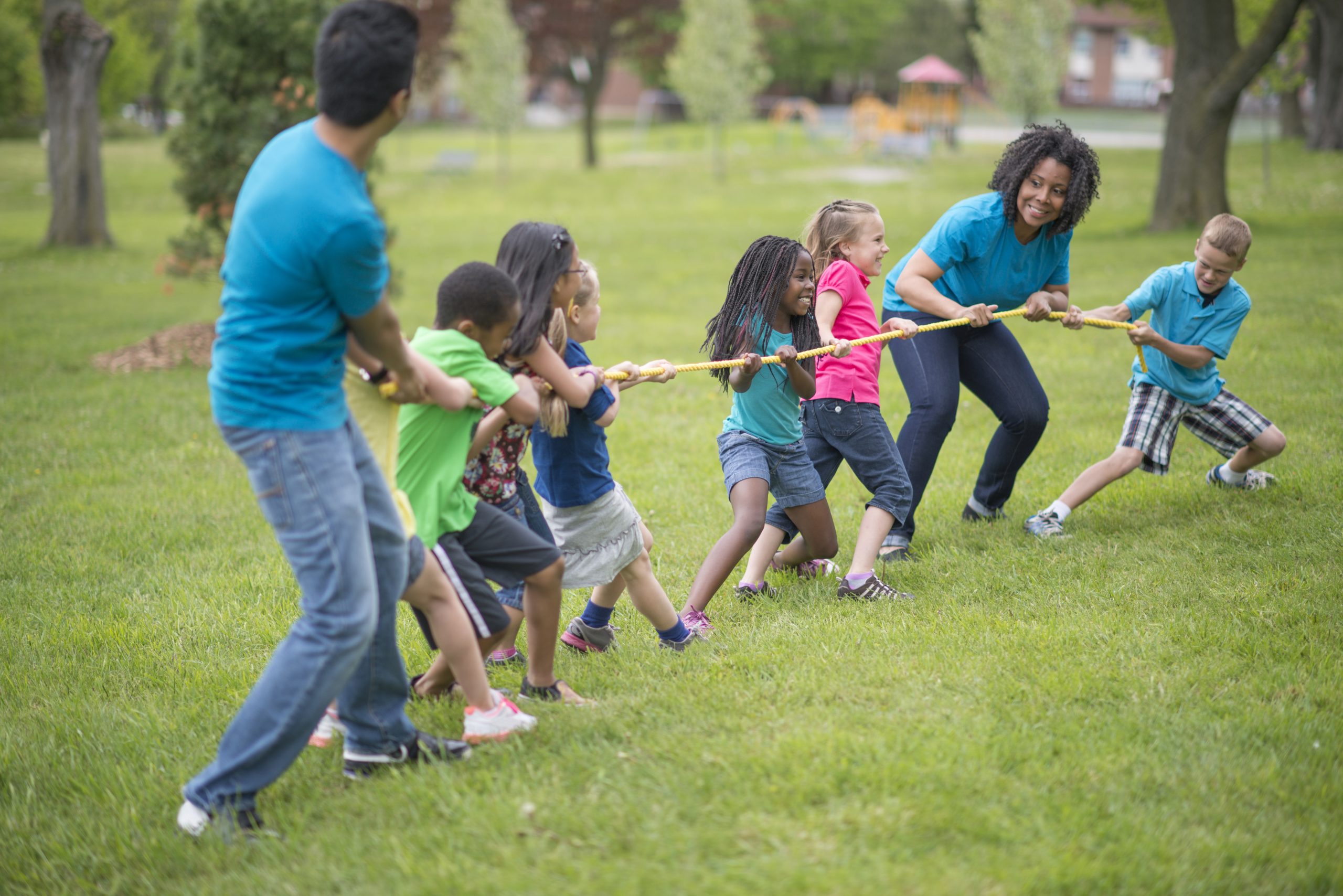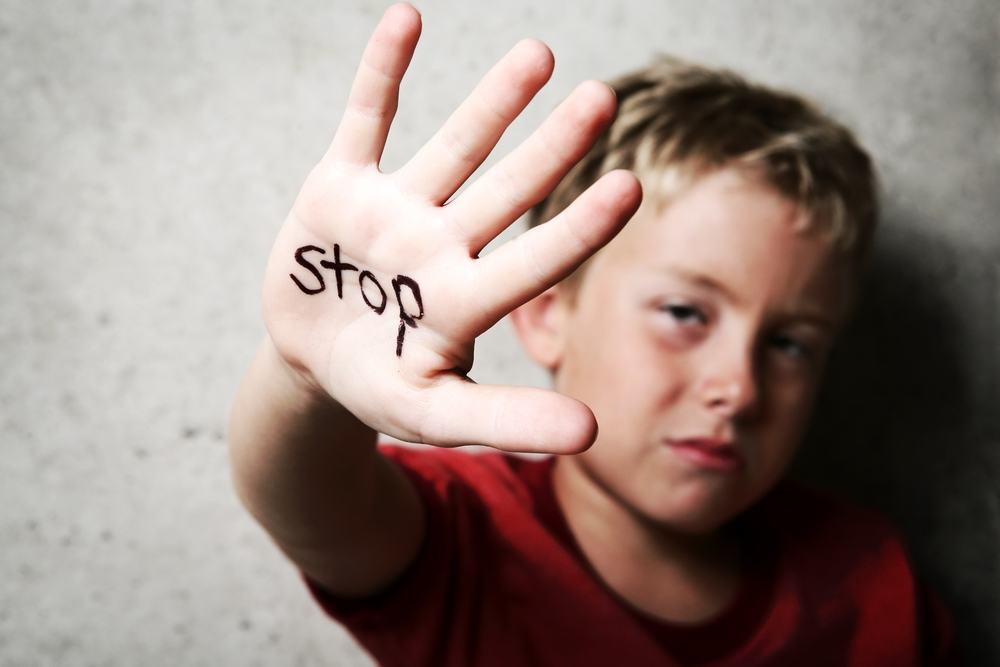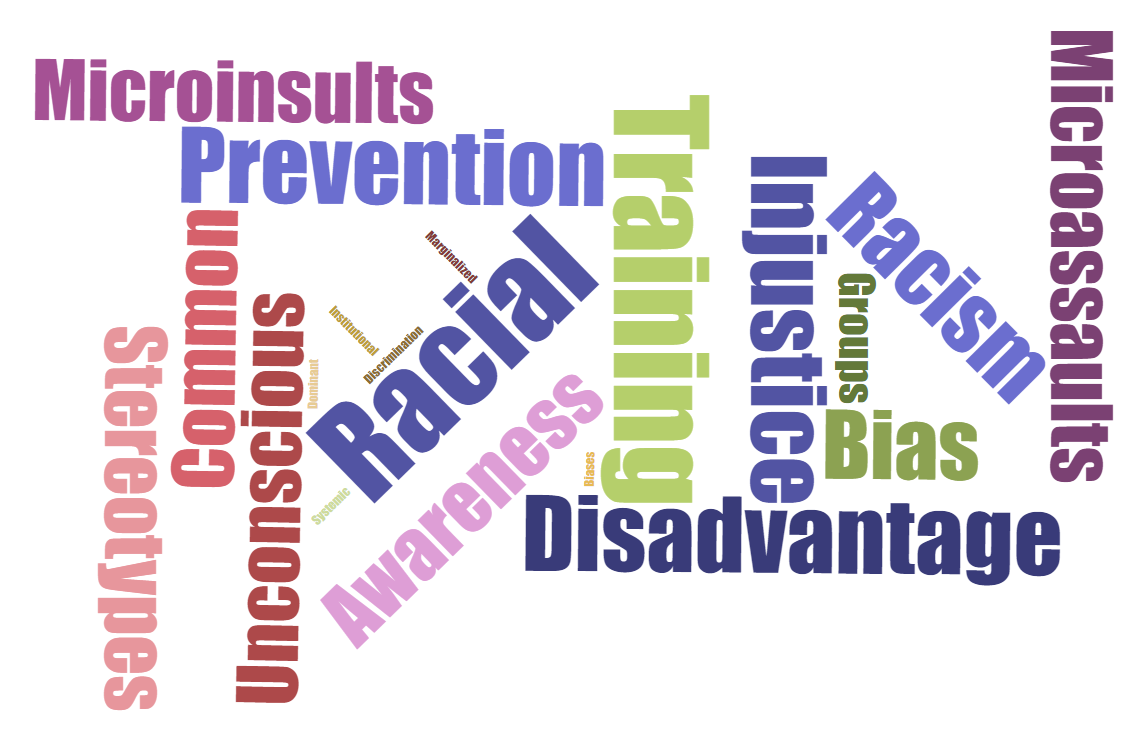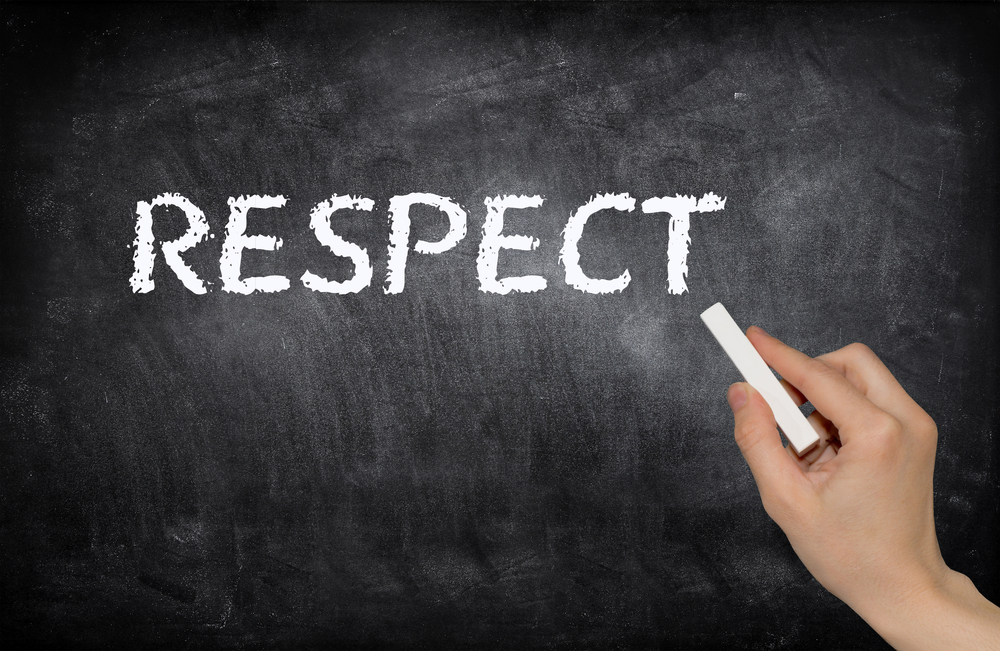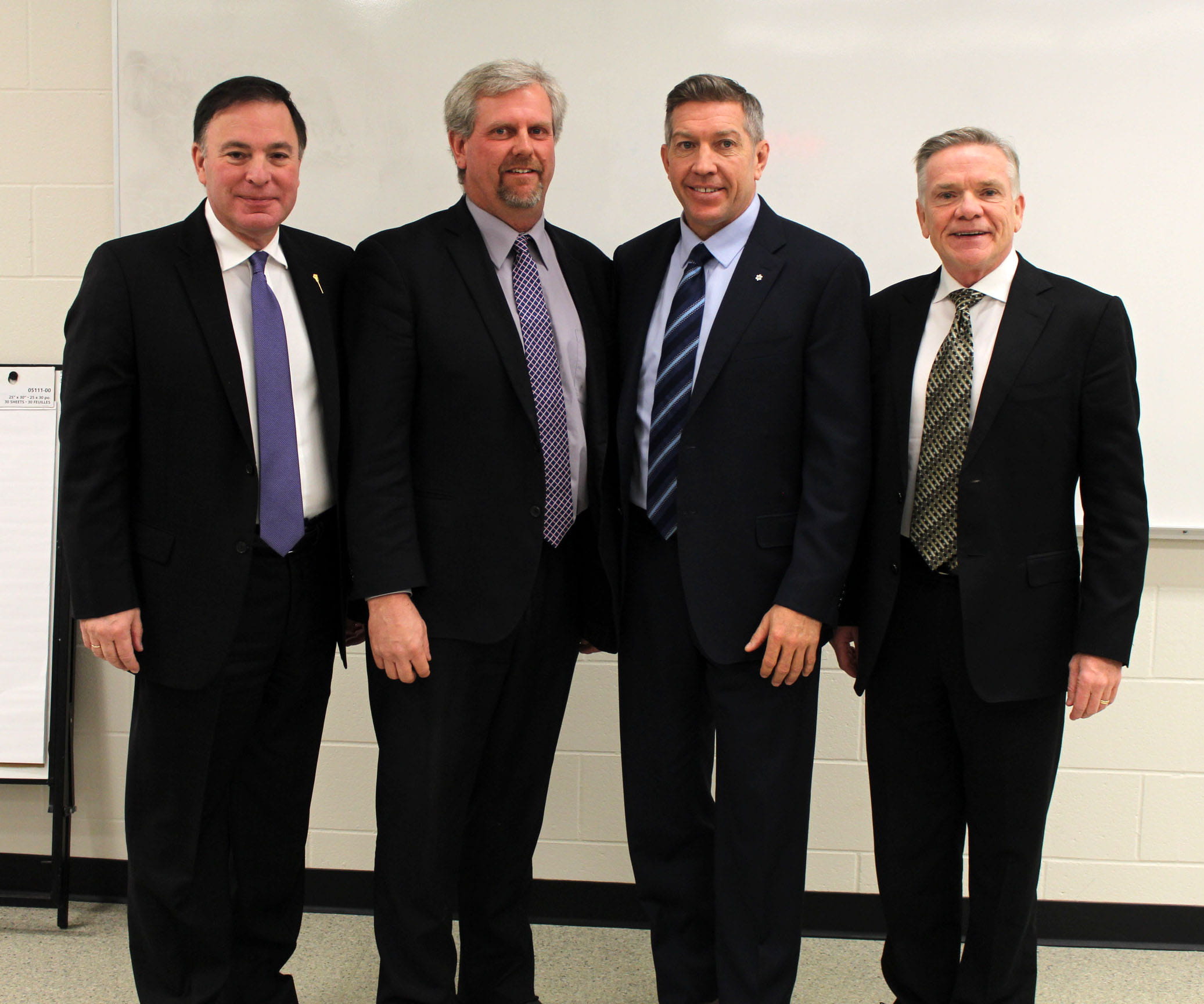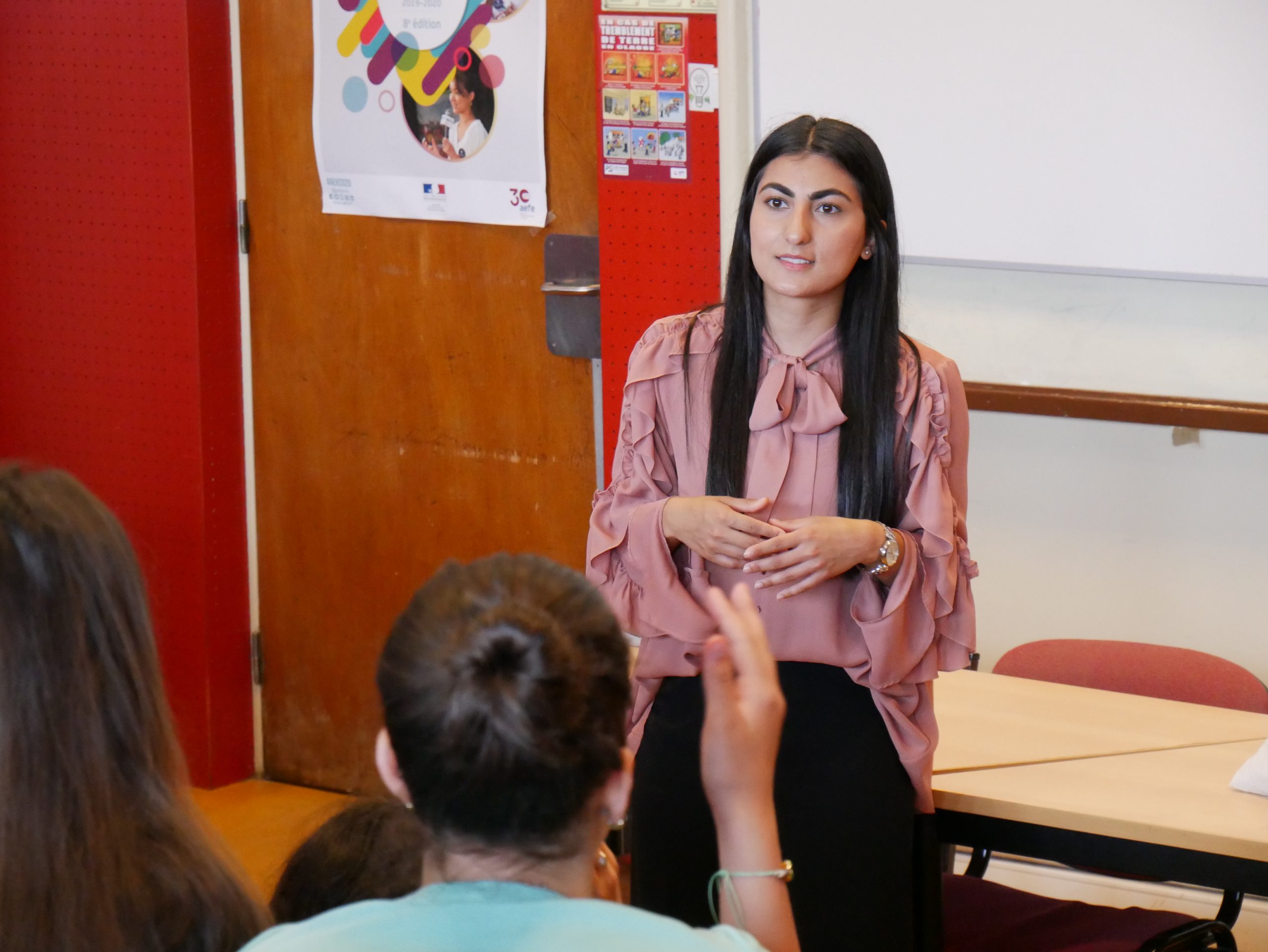
Building a classroom with a Game Plan
Why establishing guidelines with students should be an educator’s top priority to avoid bullying, abuse, harassment, and discrimination (BAHD).
Establishing a respectful school environment is essential for all students to feel safe. A safe environment begins with a warm and welcoming classroom. Expectations and clear guidelines must be developed at the beginning of the year in order to set the class tone from the start. Ultimately, your goal is to positively impact the school environment as a whole. As educators, you are taking on an incredible task of fostering future leaders. Your class environment should therefore prepare your students to look at the world from a unique paradigm and enjoy a nurturing, fun, and equitable environment. As an educator, ensuring everyone is able to learn in a safe environment is your prime objective (Pedota, 2007).
Classroom management is critical. Classroom management is a powerful component of the overall classroom climate that affects student’s behaviour, engagement, and by extension, the quality of student learning (Martin et al., 2016).
You must recognize your class is your team. A team certainly needs to work as a unified force in order to excel. We all know that behind every successful team is a transformational coach who can help lead change.
A strong coaching philosophy can help build a robust and cohesive classroom. Below are some guidelines to help you kickstart the school year and help build an inclusive classroom where everyone feels they can grow and succeed.
First impression:
Research has affirmed the importance of first impressions and how these effect long-term relationships (Human, Sandstrom, Biesanz and Dunn, 2013). As educators, your first objective should be to show your students you care about them. Prior to teaching material, it’s important you learn about your students, dive into their interests and hobbies, and make them feel valued. Remember, the student’s perception of you should be that you care about their student success and well-being, not how fast you can run through the curriculum.
Similarly, you need to exemplify that you have devoted time to preparing your classroom (Pedota, 2007). Being unprepared as an educator is a serious shortfall and this can mislead students associating negative attributes to you from the beginning of the school year. You want to display confidence and your capability to govern and keep the class organized. When sharing classroom expectations, you should clearly articulate what it is that you envision, your goals for the class, and how you plan on fostering an inclusive environment where everyone is valued. Be clear and concise, respect in the classroom is non-negotiable.
Building guidelines:
In order for a class to thrive, you need to appreciate that diversity is your class’ greatest strength. Diversity in all its forms whether it be race, class, gender, socioeconomic status and more will
help cultivate thoughtful dialogue. That being said, in order for a diverse classroom to feel inclusive to all, we must implement rules and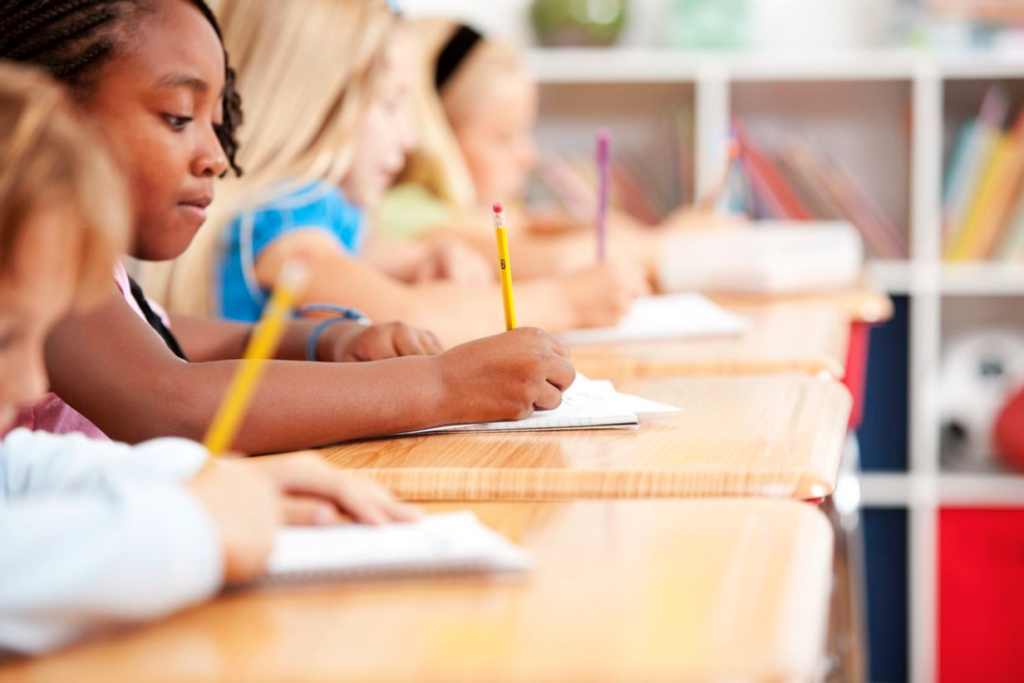 guidelines that will protect everyone’s ability to participate safely.
guidelines that will protect everyone’s ability to participate safely.
Whether it be on the pitch or in the classroom, you need to be prepared with a game plan to succeed. This game plan must be orchestrated by the coach- in this case the educator- and implemented by both the students and the school staff. Your game plan needs to be determined effectively using strategies and tactics that will assist your team.
Your strategy will refer to the basic system that needs to be incorporated to score that goal of building a respectful classroom environment. You need to ensure your students are all on the same page, know your expectations, share a common goal, and are committed to working together as a team to progress. As the leader, this means that you have the ability to motivate people, build a welcoming environment, and value everyone’s unique abilities.
A welcoming and respectful classroom environment will help to prevent BAHD behaviour. A safe environment encourages participation, freely expressing themselves, and being able to play an active and honest role free from embarrassment.
Developing shared expectations:
When students are part of the process of developing a cohesive classroom setting, they are more inclined to oblige to the guidelines they helped set.
It’s critical to lead your class with the cooperation of your students. Giving the students a voice and platform on how they would like the class rules to be developed is extremely important. As a leader, remember, expectations go both ways. Leaders are also obliged to follow the same principles of respect and care. Students should have the sense that you are responsive to the student’s individual, mental, emotional, and social needs while adjusting to situational demands.
Valuing the thoughts and opinions of your students is a great starting point. The last thing you want to do is to solely dictate how the class should be run. When students feel a sense of trust and empathy from the teacher, they are more likely to respect them. Students reported a greater willingness to learn and show commitment in class when they respected their teacher (Audley-Piotrowski, 2008).
Addressing BAHD behaviour:
According to UNESCO, 1 of 3 students are bullied by their peers globally. 16% of which have been physically harmed. Ethnicity or one’s nationality was one of the most common reasons for bullying. Knowing these alarming statistics, and how frequent bullying can take place, you need to be a proactive educator that not only addresses BAHD behaviour from the root cause, but also one that does not fear to take immediate action when it does happen.
If you hear or see something in the class that violates your classrooms guidelines, be sure to address it promptly. This shows that unacceptable behaviour will not be tolerated. Also, have a conversation with the target, see how they feel, did they appreciate the way you addressed the problem, would they prefer a different approach?
Ensuring you hold students accountable for their actions and take ownership over their behaviour will enable them to reflect and be more conscious of how their actions impact the learning environment. Remember, acts of bullying are often not isolated. Be sure to check in on your students mental and emotional well-being on a constant basis.
Alternatively, applaud good behaviour and supportive attitudes. As educators we want to reinforce positive actions within the classroom and make this a desirable trait.
Lead with Purpose
Most athletes want to learn from their coach, either because they are great mentors, experts in their field, or because they show genuine concern for the athlete’s growth and development. They look up to their coaches as positive role models. Educators play a similar role where they inspire creativity, foster advancement, and push students to their potential.
A successful leader always has a thoughtful game plan to help steer their class in the right direction. A game plan is a systemic method in which you would like to see your team excel. This ultimately comes down to how you manage a cohesive group toward a common goal.
Remember, you want to build a classroom that students take pride in being part of; a diverse and inclusive space where everyone is safe, valued, and respected.
“Great leadership motivates. Great leadership inspires. And great leadership can change a person’s life” (Respect Group, 2022). Never underestimate the unlimited positive impact you can have on a student’s life.
In conclusion, your role as an educator is to ensure the safety of your students. Respect is the fundamental principle that enables a class to progress in a positive manner. As a leader, you must implement an appropriate game plan and value your students’ voice and opinions in order to successfully achieve this. Be sure to have an honest and open dialogue with your students at the beginning of the school year in order to set the tone early. In conjunction with your students, you can help build a safe, inclusive, and respectful class atmosphere. Embrace your playing field and aim for gold.
References:
Audley-Piotrowski, S. (2008). Respect in the Classroom: A Developmental Approach. Academic Exchange Quarterly.
Bumgarner, A. (2020). Inside the Choral Classroom: Advice for the First-Year Teacher (Part 1). The Choral Journal, 61(1), 10–17. https://www.jstor.org/stable/27034916
Garrett, T. (2008). Student-Centered and Teacher-Centered Classroom Management: A Case Study of Three Elementary Teachers. The Journal of Classroom Interaction, 43(1), 34–47. http://www.jstor.org/stable/23869529
https://drexel.edu/soe/resources/student-teaching/advice/importance-of-cultural-diversity-in-classroom/
https://unesdoc.unesco.org/ark:/48223/pf0000366483
Human, L. J., Sandstrom, G. M., Biesanz, J. C., & Dunn, E. W. (2013). Accurate first impressions leave a lasting impression: The long-term effects of distinctive self-other agreement on relationship development. Social Psychological and Personality Science, 4(4), 395–402. https://doi.org/10.1177/1948550612463735
Langland, S., Lewis-Palmer, T., & Sugai, G. (1998). Teaching Respect in the Classroom: An Instructional Approach. Journal of Behavioral Education, 8(2), 245–262. http://www.jstor.org/stable/41824223
Martin, N. K., Schafer, N. J., McClowry, S., Emmer, E. T., Brekelmans, M., Mainhard, T., & Wubbels, T. (2016). Expanding the Definition of Classroom Management: Recurring Themes and New Conceptualizations. The Journal of Classroom Interaction, 51(1), 31–41. http://www.jstor.org/stable/26174348
Pedota, P. (2007). Strategies for Effective Classroom Management in the Secondary Setting. The Clearing House, 80(4), 163–166. http://www.jstor.org/stable/30192144
Ullucci, K. (2009). “This has to be family”: Humanizing Classroom Management in Urban Schools. The Journal of Classroom Interaction, 44(1), 13–28. http://www.jstor.org/stable/23869287
Weinstein, C., Curran, M., & Tomlinson-Clarke, S. (2003). Culturally Responsive Classroom Management: Awareness into Action. Theory Into Practice, 42(4), 269–276. http://www.jstor.org/stable/1477388
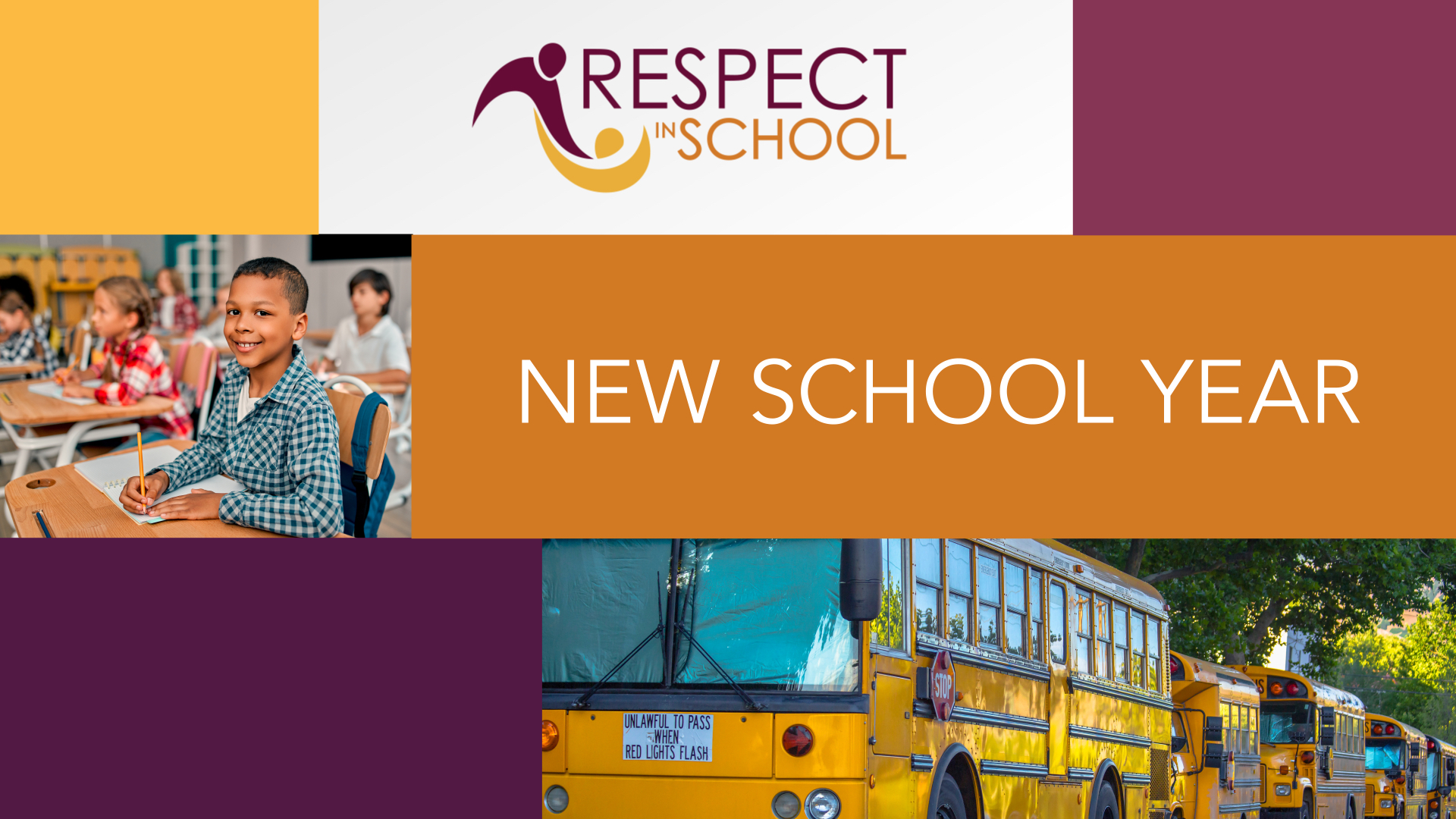


 guidelines that will protect everyone’s ability to participate safely.
guidelines that will protect everyone’s ability to participate safely.
